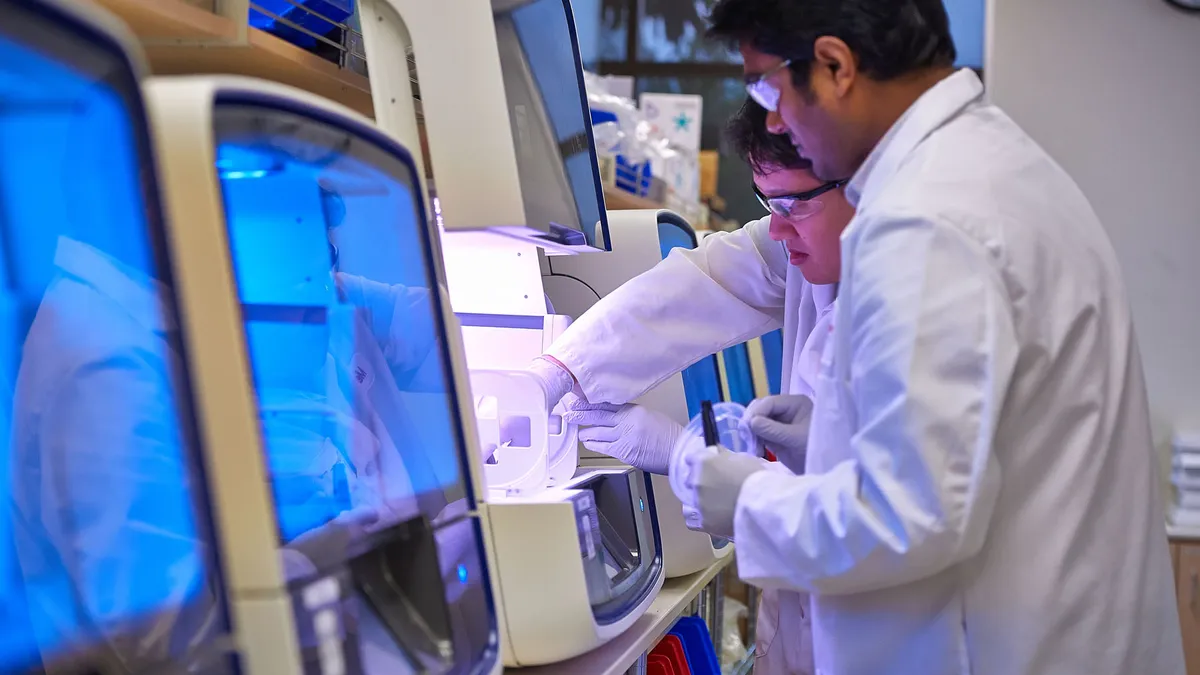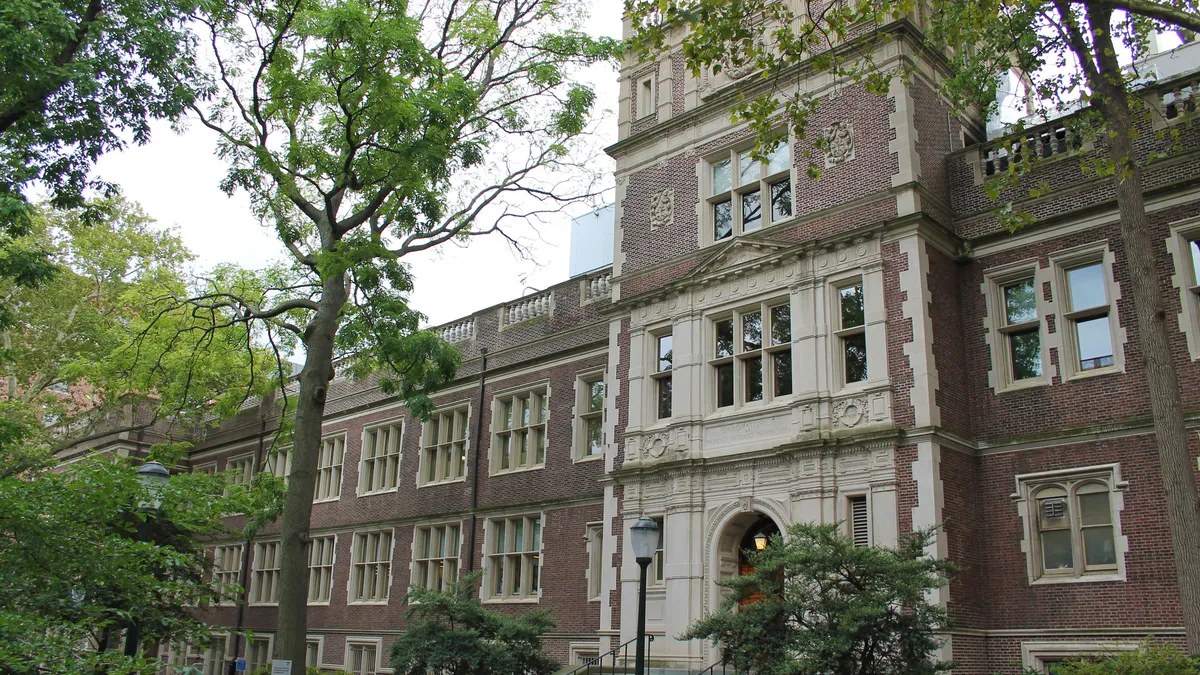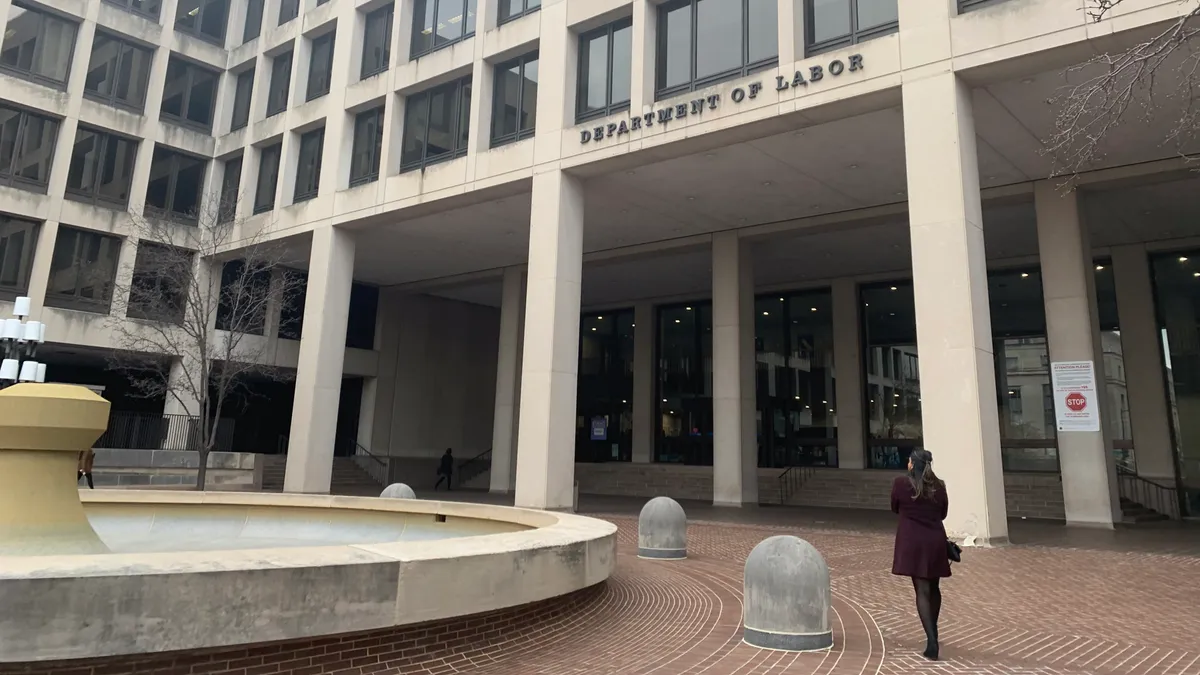Colleges and universities should reframe the goals of their technology transfer offices away from a focus on revenue generation to how technology and innovation in the school can contribute to the health and prosperity of the surrounding community, region and economy, according to a new report from the Association of Public and Land Grant Universities.
“I think a lot of universities have realized that a transaction basis for technology transfer is not going to create an environment they need to be successful in an innovation-based economy,” Jim Woodell, an APLU Vice President for Economic Development and Community Engagement, said. “Success needs to not be measured by revenue, but by other signs of contributions universities make to technology.”
The report, entitled “Technology Transfer Evolution: Driving Economic Prosperity,” was prepared by a working group in the APLU’s Commission on Innovation, Competitiveness & Economic Prosperity. College campus technology transfer offices help move technological advancements developed by college staff or students, including developments made through research, into wider use by the public. This includes whatever compliance and legal issues are necessary. In an era of static and dwindling budgets, the report re-examined how schools help these offices redefine their outcomes, and offered examples of institutions on the right path.
The report also advised schools to align their tech transfer offices with the institution's “broader economic engagement," with a need for collaboration among different departments, "including technology transfer, entrepreneurship, corporate partnerships, industry contracting, accelerator programs, advancement, alumni relations, and other activities.”
Woodell noted that technology transfer offices originally specialized in compliance issues, and were primarily staffed by administrators with legal backgrounds. Therefore, they became unnecessarily siloed from the rest of the school, which could have a negative impact if a school is investing more into supporting on-campus innovation.
“Universities have started expanding the tech transfer function to improve entrepreneurial support efforts,” he said. “The thing probably still missing the most is not that universities aren’t doing these other things, but they’re not connecting tech transfer to these other things...tech transfer is still kind of left off to the side doing that transactional work, where it really needs to be better integrated.”
The report said schools should also focus on their region's economies, citing the examples of Florida’s state universities and Kansas State University in these efforts. And they can foster an entrepreneurial culture on campus, though in many cases the report acknowledged there were obstacles to overcome, including the balance to be struck being long-term benefits and revenue generation in the short term.
Wodell said it was important to remember that tech transfer offices are not usually a robust revenue generator on their own, with only 15% of the offices tending to break even. However, by integrating tech transfer offices and promoting innovation, colleges could enjoy longer-term revenue generation. For example, as entrepreneurial alumni become more successful due to the work they commenced on campus, they may offer monetary gifts to the school.
“We need to take a look at what counts for tech transfer advancement,” Wodell said.
Fostering an entrepreneurial campus culture can face its own obstacles, including the glacial pace of university policy compared to the speed of private industry. The report notes that it could take years for an institution’s board of governors to approve an exception that would allow a school to “enable entrepreneurial activities on student owned intellectual property.” Additionally, too much focus on the traditional roles of tech transfer office, including patents and licensing revenue, could limit the amount of assistance that office can bring to promoting a school’s entrepreneurial environment. This is why it was vital for schools to make the story of broader economic engagement with the surrounding region more explicit in its communication and marketing.
“I think we are really good at telling our science and research stories, and explaining the value of the work we do in research, how we save lives and develop technologies that make life better and easier, but I don’t think we’d say we do a good job for stakeholders outside the university,” Woodell said, saying this shift in focus could instill new respect between colleges and their respective communities. “Our external stakeholders will start to understand the university more as a partner, than solely as an institution that is ‘delivering the goods.’ That’s the shift we have to make in our communications: that we’re not alone in this.”





















